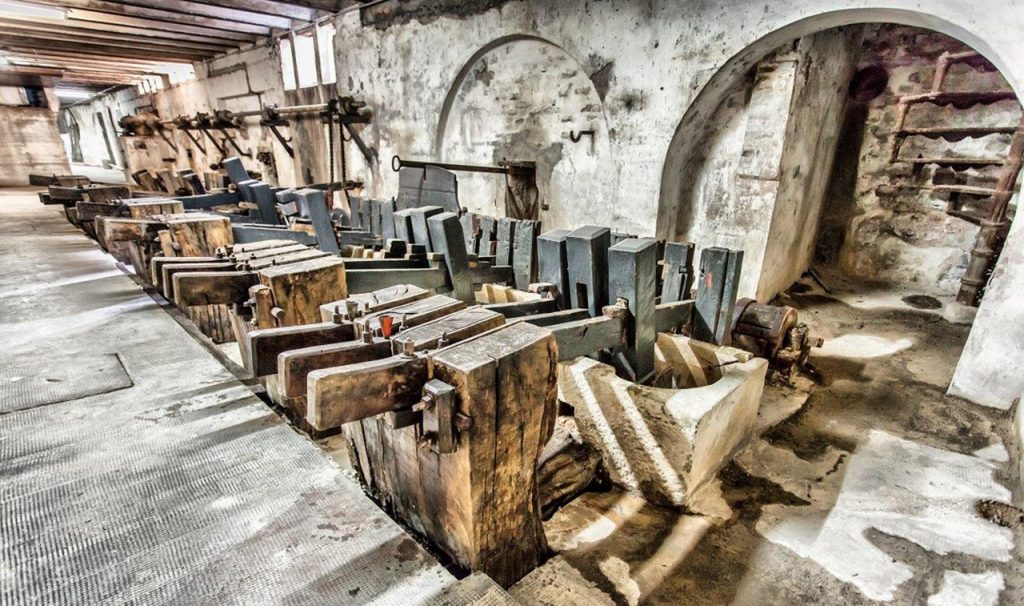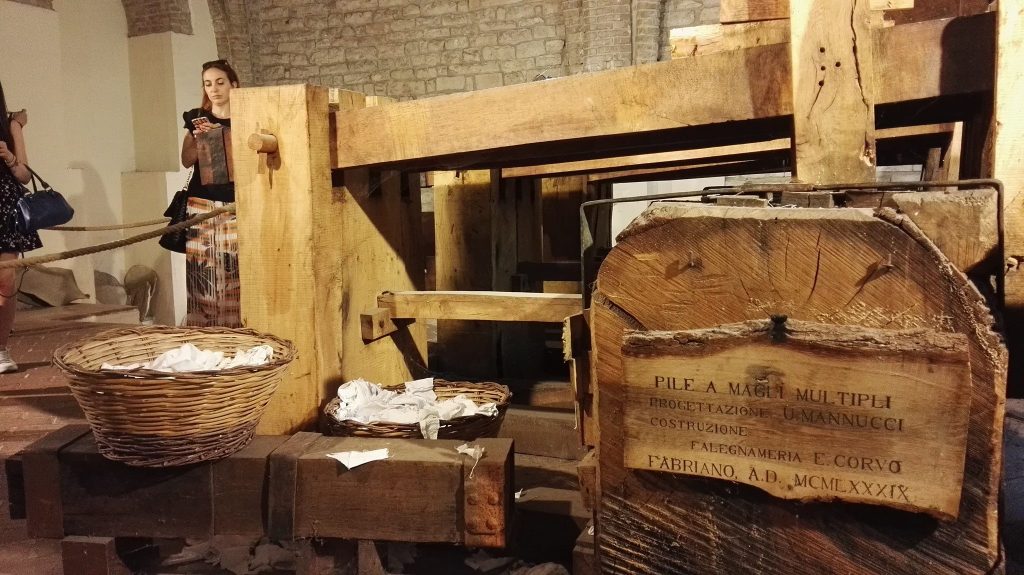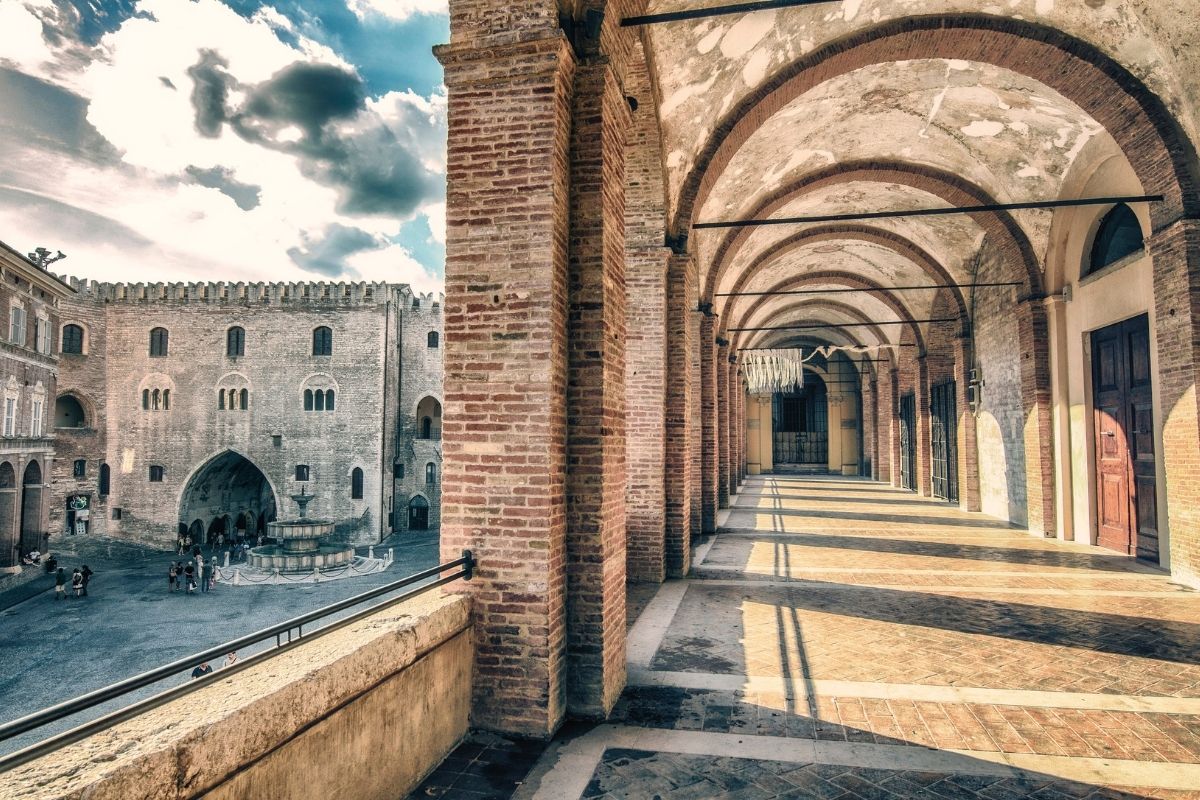"Faber in amne cudit, olim cartam undique fudit“: This is the writing that, under the banner of the municipality, tells what Fabriano And. A commune devoted to paper production, not far from Ancona and with a story of its own. The writing, in fact, translates as: "the blacksmith on the river beats, once the paper everywhere sparsand ".
The link between Fabriano and paper
Paper was not invented in Fabriano. Its invention is instead attributed to Chinese, who first began to extract it from the bark. However, its use in Europe was introduced by the Arabi, who discovered how to work it during a battle with the Chinese and who then took it to the West. Why was Fabriano itself the most important paper production center in Europe? Probably because of his proximity to Ancona, a port with which the Arabs traded a lot. And then for that skill that, year after year, the Fabriano artisans acquired in the processing of paper. Also because, at the time, there were really many evolutions. If the Chinese used only vegetable fibers, the Arabs began to shred and pulverize rags of hemp and cloth, on which they then applied a vegetable glue made of rice or wheat starch.

Subsequently, the vegetable glues were judged too vulnerable and perishable, so much so that public deeds - by order of Frederick II - continued to be written on parchment. Thus, many of the companies that had opened on the coast closed their shops. On the contrary, the Fabriano artisans did not give up. And they invented two fundamental technologies: they replaced the millstone and the mortar for crushing rags with one hydraulic stack with multiple hammers, thus reducing processing times and increasing profitability, and began to employ the animal flesh glue.
The trademark
The Fabriano people did so much for paper that, at the end of the thirteenth century, they began to mark what they produced with a brand, the filigree, which spread around the world. And which, all over the world, testified to the prestige of that unique product. Local workers opened shops abroad and paper began to supplant parchment. Along the course of the Giano and in the nearby areas, in the fourteenth century there were about fifty paper mills. The innovations continued until the invention of movable type printing and, above all, the replacement of rags with cellulose.

Then, what Fabriano lived and created was overtaken by technology: production moved to Northern Europe, and the Fabriano paper mills set off towards ruin. It was Pietro Miliani to save them, reuniting in 1782 the many paper mills scattered throughout the territory in the Miliani Fabriano paper mills. Which, now, are that Fedrigoni Group recently acquired by the Americans. Nothing will ever break, however, the bond that Fabriano has with paper. A bond that, today, brings visitors from all over the world to his Museum of Paper and Watermark. Open every day except Mondays, the museum offers a journey into the past. Discovering the many and fascinating secrets that the card hides (ticket cost: 7 euros). Moreover, Fabriano is one of the few places in the world where you can still buy handmade paper today. A unique product, which you cannot fail to take home.
Featured photo taken from Wikipedia - ph. Victortorresan - CC BY-SA 4.0





